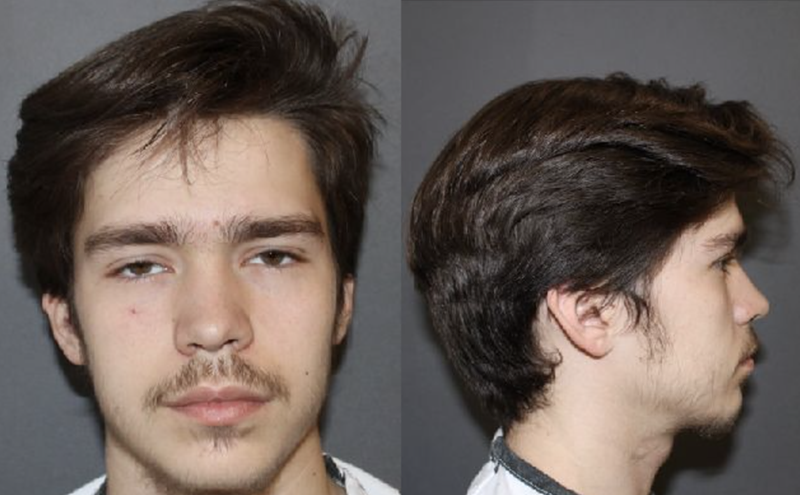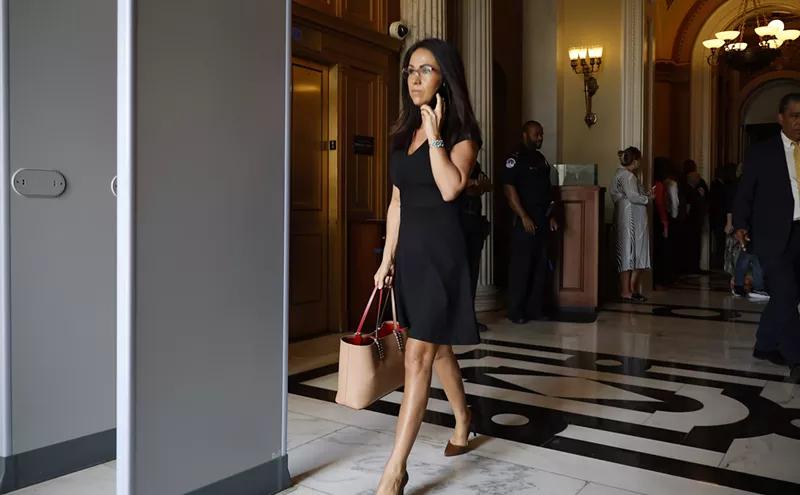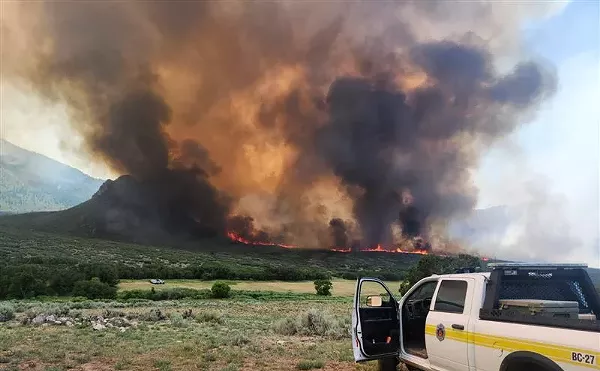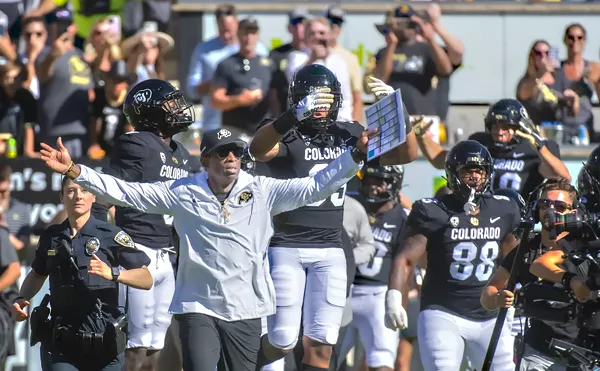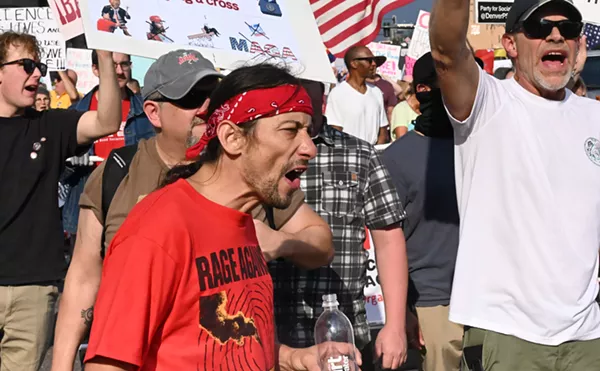To clarify: My beloved was in no way equating the death of millions to what's happening to the journalism industry these days. She was merely trying to describe the power of the emotions she felt upon viewing exhibits like a 9/11 display featuring a World Trade Center radio tower and a film about a photographer whose final shots live on even though he perished that day, as well as a section of the Berlin Wall complete with a menacing guard tower. These weren't the only downbeat aspects of the collection, though. For me, the Newseum seemed more like a requiem for the disappearing mainstream-media era than an appreciation of the changes currently taking place in the medium.
There were plenty of Colorado-related items on display, including the 9/11 covers of both the Denver Post and the Rocky Mountain News, images of Carmelo Anthony by Sports Illustrated photog Walter Iooss, and miscellanea associated with Timothy McVeigh, who was found guilty in Denver of his participation in the Oklahoma City bombing, exhibited under the heading "G-Men and Journalists." But in this last collection, as in many others, the most meaningful items were associated with newsmakers, as opposed to the notebooks and cameras of those covering the events in question. As such, a lot of visitors may miss one of the Newseum's central messages: They know about this stuff because a reporter told them about it.
Another hall is devoted to memorable front pages over the years -- and to one side of it, a small display salutes publications that have shut down of late, including the Rocky. Also on view: an interactive display that encourages visitors to vote with their pennies about whether they prefer to get information via newspapers or online (the former was winning over the latter during my visit, but narrowly), and another that asks if the rise of the Internet has made journalism better or worse.
In the context of the other exhibits, this last question seems stacked in favor of nostalgia -- but the point of view didn't seem supported by attendance. Even though we stopped by the Newseum on a holiday (Columbus Day), attendance was extremely modest, especially in comparison with the Smithsonian's American History branch, which was a typical mob scene. Of course, the Smithsonian institutions are free, while the privately held Newseum charges around twenty bucks a head. Yet the willingness of so many people today to take journalism for granted is probably an attendance factor as well. In a world in which news is seen by an increasing number of people as a naturally occurring phenomenon, sort of like air and water, rather than an industry that will wither without support, the Newseum is apt to provoke melancholia in the very sort of people it's meant to celebrate.



